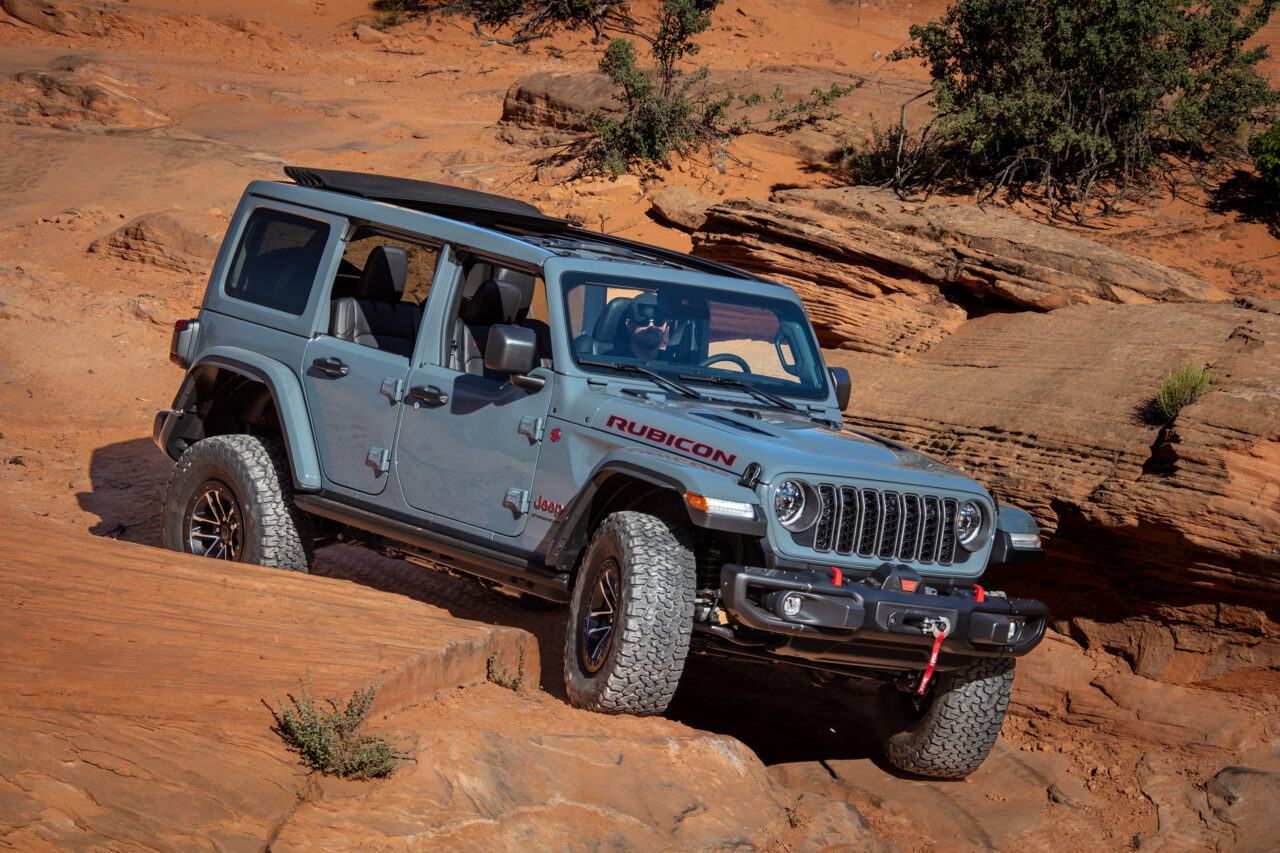How Jeep Wrangler Quality Issues Impact Sales
Jeep sales are tanking so much that, according to this article, Jeep is even pausing production in its Toledo plant.
But why aren’t people buying Jeeps? The question has a complex answer, one that covers so many aspects that experts wonder if the brand will cease to exist as it stands today. For one, Jeep Wrangler quality issues are getting worse.
Listen to this article here!

“Drive Past Myths: Get the Real Deal on Car Buying!”
🚘 Uncover 13 Car Buying Misconceptions with Our FREE Newsletter!
Plus you will get our quick tips, expert advice, and myth-busting insights delivered straight to your inbox.
Subscribe now and make informed decisions without the detours.
“Experts Hate This! Learn the Car Buying Secrets They Don’t Want You to Know. Free Subscription!”
So bad that perhaps it will change hands, but right now, we might be facing a crazy reality.

There is a strange scenario, a parallel universe, where Jeep no longer exists, and it’s becoming even more possible. It’s an iconic brand in US automotive history, but it hasn’t done much to repair its reputation lately.
The harsh numbers behind Jeep’s reality
New cars are taking longer to sell. They’re spending more time in inclement weather, waiting for that buyer to arrive. There are many reasons for this, and we’ve covered them before in this newsletter.
The reality is that prices are still surging, interest rates are high, and cash is short. So, buying a new car isn’t on everyone’s mind. Not only that, but Wranglers aren’t necessarily the cheapest cars available.
Let’s look at some statistics. According to Cox Automotive, a research firm, the national average time a new car spends on a dealer lot is 68 days in 2024. This is slow, especially compared to 2023 when the average was 53 days.
Jeep’s situation is much worse. It’s not only slower than the competition, but it’s also struggling to rotate this inventory.
Jeep Wranglers take, on average, 120 days to sell. That’s 43% more, and such performance is hampering the company’s financial outlook. Now, Jeep ranks in the lowest tiers in Y-to-Y growth.
But why?
We love scouring the web for expert opinions, and we found this great subreddit jampacked with keyboard experts giving their analyses of the situation. I have to say that they aren’t always right, but this thread is fascinating. They all hit on extremely valuable points.
One such comment was the following:
THIS right here. Jeep used to attract both ends of the spectrum someone that wanted to buy a bone stock wrangler to use on the weekend for fun and to modify it and those that wanted the top end rubicon. But now you can’t find a wrangler under 40k… it’s disgusting. You’re literally asking people to pay close to 50k for a car that leaks when it rains… I hope stellantis keeps hurting. I’m never trading in my 15 Jk I bought new for 23k OTD for a newer 50k JL.
The problem is that pricing isn’t the only issue. Sure, some vehicles are expensive, but people will pay money if they’re worth it. That’s to say, regardless of the reason why they’re worth it.
For example, BMWs aren’t reliable or cheap, but they provide an excellent driving experience.
In Jeep’s case, the brand has lost the battle not only on the price front but also in other areas.
Jeep Wrangler quality issues lead to low sales
The following is a list of recalls involving the Jeep Wrangler. Mind you, these are only the most recent recalls, including Jeep Wrangler quality issues.
- 33,000 Wranglers (mostly Gladiators) were recalled because the instrument panel could short circuit and turn off, even while driving.
- An unknown number of Wranglers and Grand Cherokees produced between 2021 and 2024 have faulty software that causes the defrost system to fail, which is critical in northern states.
- An unknown number of Wranglers and Gladiators may not have a properly welded steering column control module. If this is the case, the airbag may not deploy in a crash.
- 32,000 hybrid Wranglers were recalled due to a potential fire risk
If you want to learn more about these and others, check out this site.
Then, there’s the most critical situation, one so bad that the National Highway Traffic Safety Administration had to start a probe.
Jeeps are catching fire, says NTHSA
Nine complaints, including one injury, have been received regarding Jeep Wrangler engines catching fire, even with the ignition turned off. The reports say that most of the fires start in the passenger compartment. These are severe Jeep Wrangler quality issues
The problem with such fires is that they can happen at any time, anywhere. This increases the risk of injury to occupants and bystanders.
Nine reports of fires are nine too many. So, the NHTSA launched a probe.
No recall has been issued at the moment, but if we look at the past, chances are it’s coming. And it will be massive. After all, the probe covers more than 781,000 Jeep Wranglers produced from 2021 to 2023.
This is the last thing Stellantis, Jeep’s owner, needed in terms of sales. In our last newsletter, we discussed how 1.2 million RAM trucks were recalled for a software issue.
So, no wonder Jeeps aren’t selling. In fact, Jeep Wrangler quality issues are the least concerning.
Brand enthusiasts aren’t too keen on staying loyal to the brand. If they are, they do so with resignation, accepting that the iconic brand isn’t good at all.
However, there’s a bigger question: why is this happening?
Does Stellantis care about its American brands?
Doug DeMuro is an automotive authority who usually delivers on his predictions, and this video caught our attention. According to him, Chrysler is a brand that might disappear soon. After all, they have one vehicle, a minivan, and paltry sales and quality.
However, the Chrysler family wants to revive the brand’s glory, but that’s an entirely different topic.
He’s not wrong. Chrysler has no hope, but it’s not the only brand at risk of disappearing.
Stellantis has a problem on its hands. It has too many brands, most of which are successful outside the US and bring the company a lot of money.
Meanwhile, its American brands are struggling to stay competitive and the Jeep Wrangler quality issues are getting in the way.
Other brands are aiming at the offroading aficionado who once was loyal to Jeep. The competitors might not be as versatile in the mud as the Wrangler, but they provide enough sense of adventure and, perhaps, more reliability.
It’s a problem that is not restricted to Jeep. This article by Quartz highlights that all of Stellantis’ American brands have decreased in sales.
The only “positive” sales are from Fiat and Alfa Romeo, the Italian brands it sells in the US, but there’s statistical bias in this. They’re selling so little that any unit sold causes a spike.
So, with unmotivated buyers, seemingly endless quality issues, and even more competitive markets, perhaps soon, we will be writing about Jeep’s death.
Or, instead, we’ll write about how the iconic brand that once defined America was sold to an Asian manufacturer.
